11 things you only know if you race on Zwift
From power-ups to pushing watts – a few lessons we learned the hard way
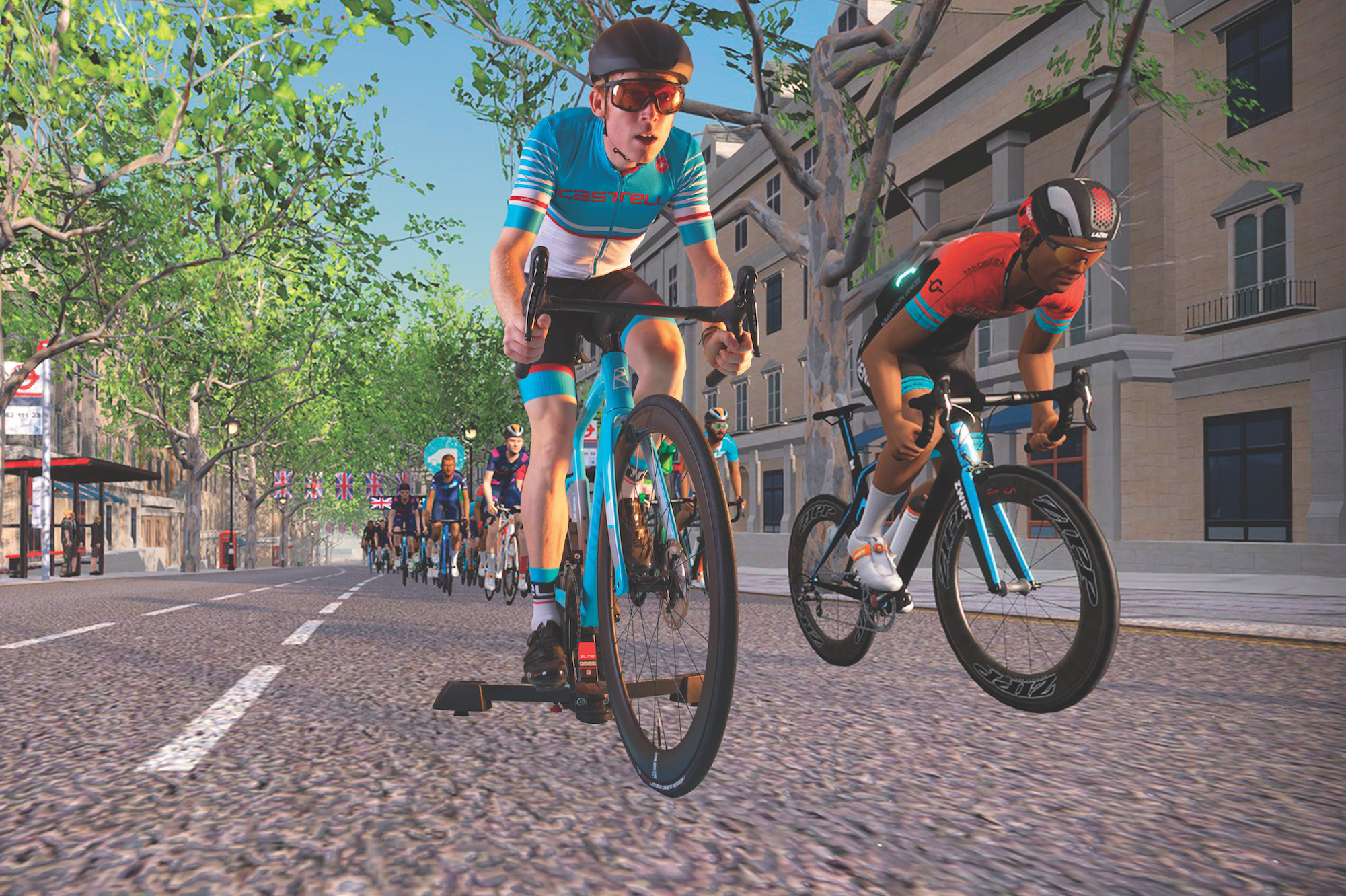
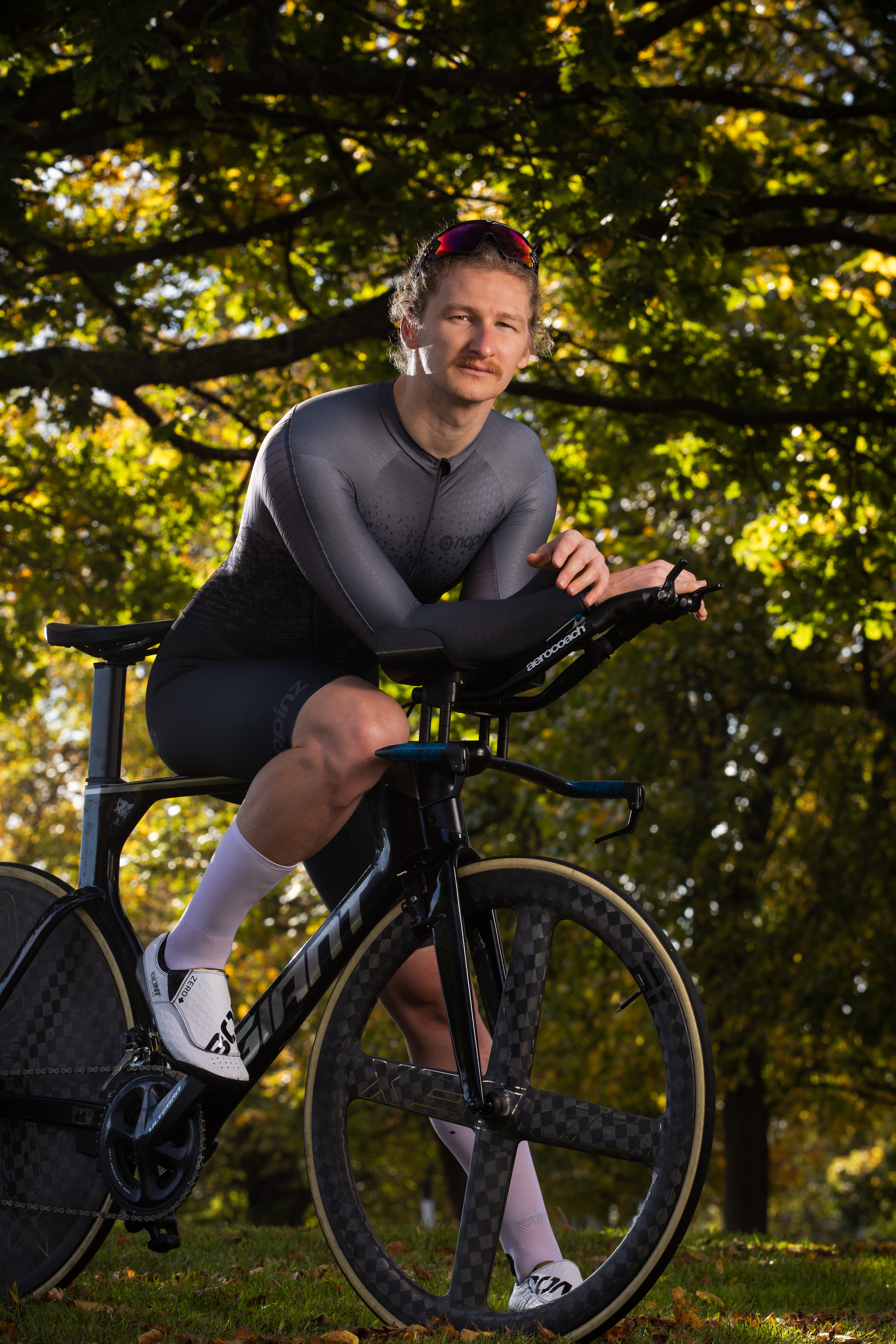
I was late to join the indoor cycling revolution. But after slogging my way through puddled lanes in October and icy roundabouts in January, all the while telling myself I was 'dedicated', I joined the 21st century.
So I cleared space in my cupboard-like bedroom in my shared house, open the windows as wide as they would go, and started to pedal on a pretty basic smart trainer set up.
I’m using the very good Elite Direto trainer with a mat, all hooked up to my laptop, accompanied by a pretty pathetic fan to try and keep the temperatures below melting point.
Since starting out, my housemates have been baffled by the helicopter noises coming from my room, one of my Strava followers thought I had been jet-setting from New York, to Innsbruck, to Richmond, then to Watopia in the space of four days, and I’ve been helpfully reminded Zwift “isn’t real.”
After a few hours of structured workouts, I decided it was time to dive in head-first and test the legs in a Zwift race, all in the interest of journalism.
Here are a few things I’ve learned while clinging on to the peloton of fellow Zwifters tearing around Watopia.
1. It’s harder than real racing
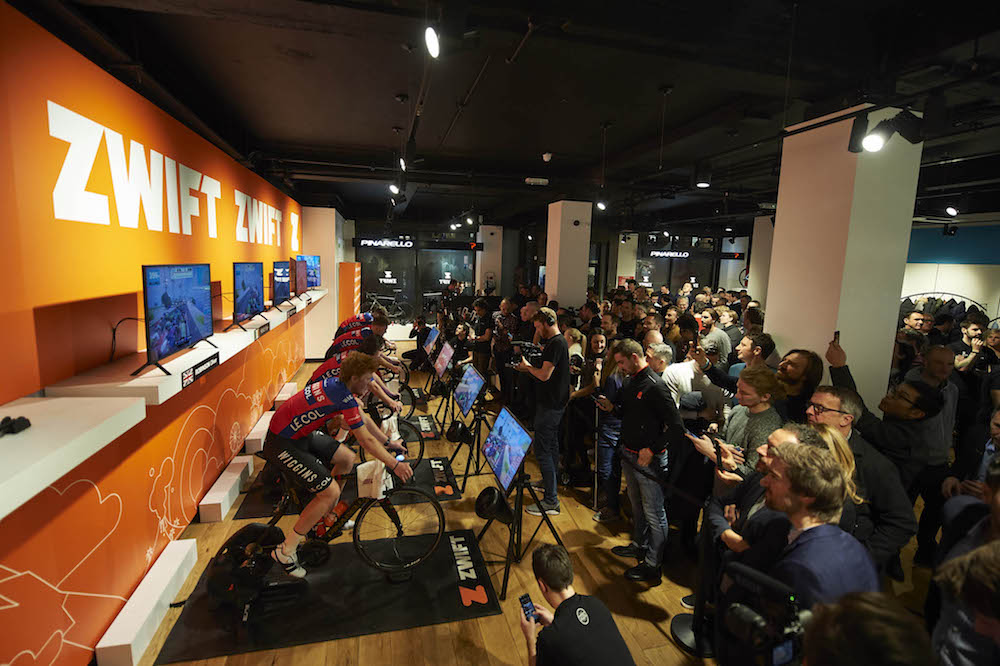
The first thing you notice when the flag drops, is Zwift racing is so much harder than your run of the mill bike race.
Get The Leadout Newsletter
The latest race content, interviews, features, reviews and expert buying guides, direct to your inbox!
Racers have the chance to rev their engines on the start line, meaning they can be pushing 500 watts as soon as the race starts.
If you’re not privy to this bold tactic, you will find yourself immediately slipping back in the group and trying to play catch-up in the opening stages.
You then find yourself praying that the pace will ease as you try to find your rhythm while staying in touch with the front of the race, but pretty quickly you will find your limit.
Races start so frantically that it’s easy to give too much gas in the early stages and eviscerate your resources too soon.
Often the pace doesn’t ease, and you find yourself dropped from the front and trying to find a smaller group of riders closer to your own ability.
The relentless pace of a Zwift race make an hour on the trainer a more tear-inducing experience than any crit race I’ve ever done – evidenced by the way I have to crawl off the bike as my legs cramp up at the finish line.
2. There’s no hiding in the wheels
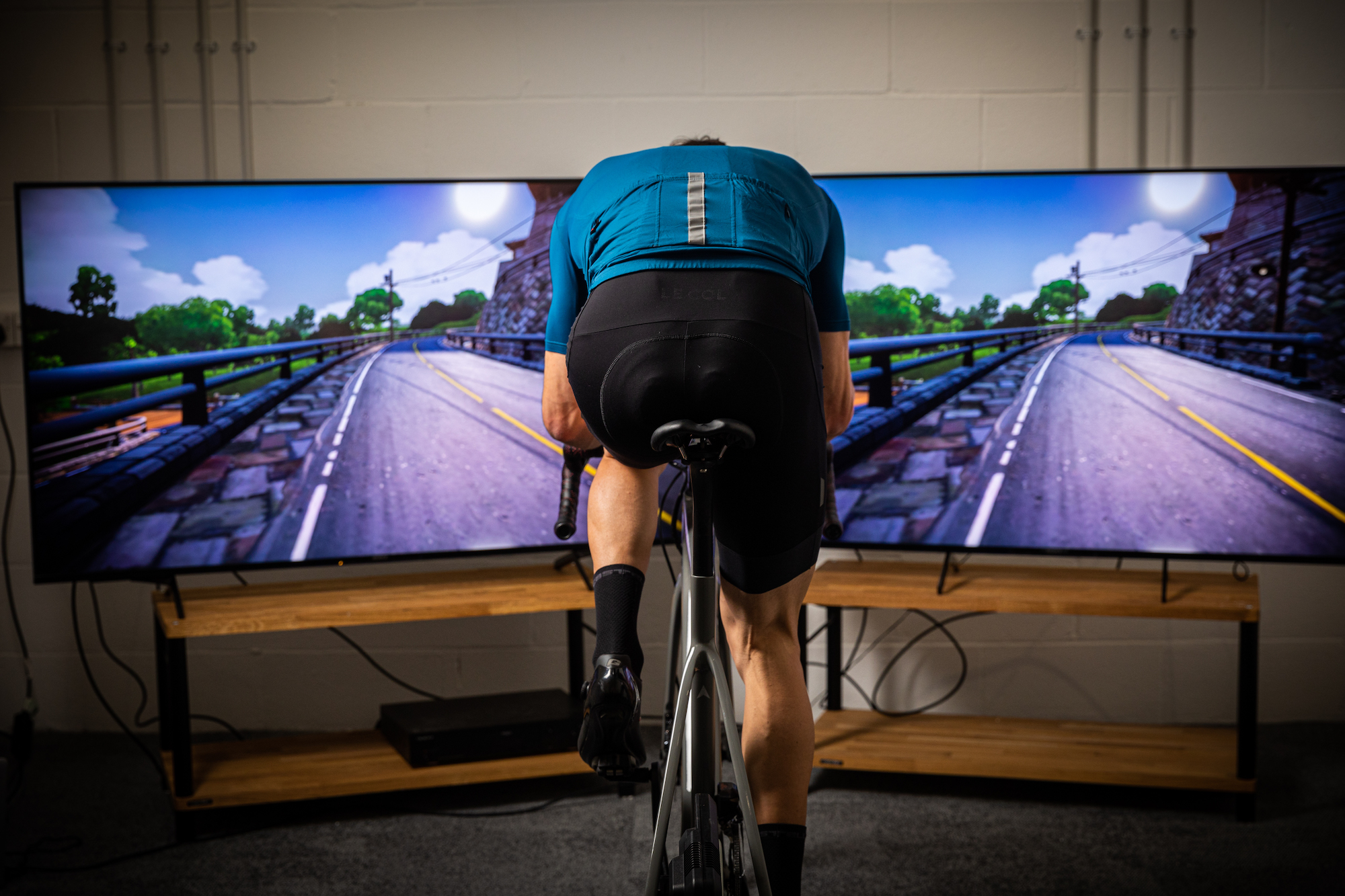
Possibly the biggest reason for Zwift racing being an education in pure pain is the slipstreaming.
While Zwift does let you sit in the wheels and get the wind-reduction benefit of hiding behind your rivals, the effect doesn’t give the same relief as riding out on the road.
The app will let you know when you’re hidden and give you a warning when you’re in danger of losing contact with the group, but despite this you will still be pedalling flat out to hold the wheel.
You can also find yourself yo-yoing from the back to the front as you manage your effort on the changing terrains.
The smallest drop in power can see you losing position so you drag up the wattage to hold your position, and often you put in too much effort and find yourself on (or even off) the front.
3. You will always use your power-ups at the wrong moment
One of the aspects most likely to anger the naysayers is Zwift’s in-race power-ups.
Racers will be presented one of five random bonuses to aid their riding – extra points, lightweight, draft boost, and aero boost.
The two extra points power-ups are utterly useless (and more than a little devastating) in race, but the remaining three can give you a big advantage over rivals if used properly.
A lightweight bonus reduces your weight by 15 pounds for 15 seconds, draft boost increases the slipstreaming effect by 50 per cent for 30 seconds, while aero boost makes you 25 per cent more aerodynamic for 30 seconds.
Some more experienced racers are masters of their power-ups, but speaking from personal experience, those moments of boosting genius are never as easy as they look.
After more than one race not having a clue how to use the power-ups, and another occasion where the advantage was wasted because I couldn’t reach my laptop (or phone with the Zwift companion app) I finally had my chance.
Practice makes perfect of course, but the only circumstance I’ve been able to benefit from the bonus is to stop myself slipping away in the final kilometre of a 60km race around central London. I was then, of course, absolutely blasted in the final sprint.
4. Lead-ins are brutal
Fortunately I’ve only been subjected to this abysmal experience once. Some Zwift races come complete with a 5km rolling start, called a lead-in.
In the professional peloton, the neutral zone is a slow processional amble to the start of the race, but in Zwift that is not the case.
The front riders were pushing 500w for the entire roll out, splitting the peloton beyond repair and leaving me in pieces before the official race distance had even seen a dent.
I was racing category B, and slipped back into a second group on the road while some of my cat companions maintained their spots at the head of the racing.
This left me clueless and disheartened as I had no idea what position I was battling for in my category.
At the line I was able to sprint for 16th, so I wasn’t too gutted about having invested the time (and pain).
5. No slipstreaming on a time trial bike
This was a lesson very much learned the hard way.
I jumped into my first race possibly a bit too early in my Zwift riding career, when I wasn’t entirely familiar with the rules of the virtual road.
So having not set up my character with any conviction, I entered my first event on the stock Zwift time trial bike, completely oblivious to the fact that the TT bikes can’t slipstream in the game.
A big mistake.
After plummeting from the peloton, I found myself riding alone for much of the 30km run around New York’s Central Park, frustrated and oblivious about why I would catch a rider in front only to be dropped a few minutes later.
It was about a quarter of the way into this first race that I realised you can’t draft while riding a TT bike – a mistake I won’t be making again.
6. You can’t trust anyone
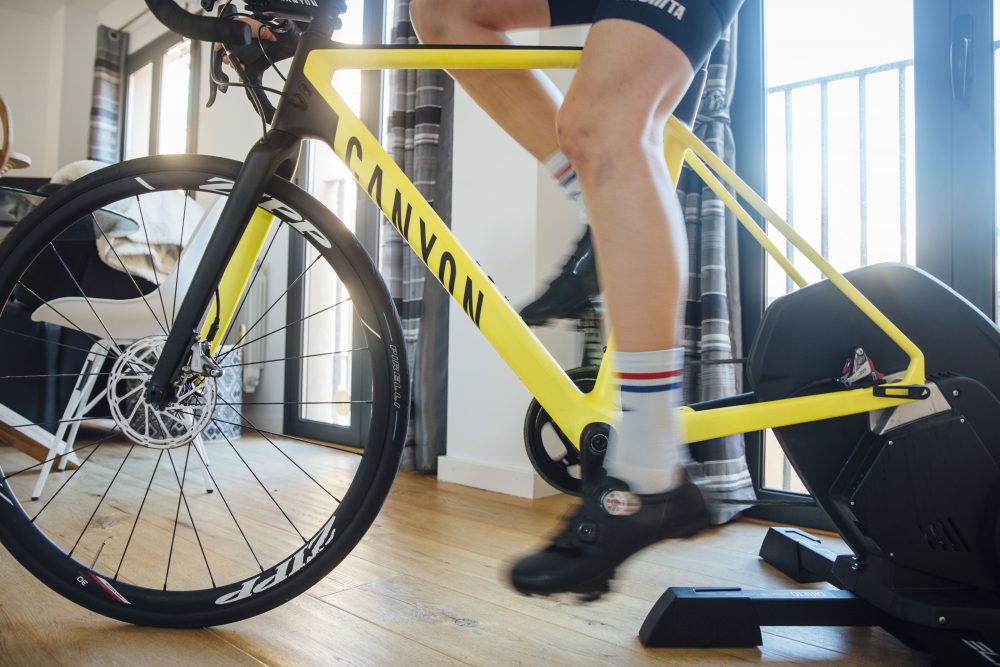
As with any race, you go through a rollercoaster of moods and emotions as you rub shoulders with fellow racers.
One of the most striking tempers to hit you on Zwift is suspicion, as you eye up your rivals (and particularly their watts per kilogram) to try and establish whether they’re telling nothing but the truth about their stats.
Much of the talk around Zwift racing revolves around how many people are cheating by setting their weight too low, thus giving their avatar an advantage based on their wattage.
On Zwift, no-one is above suspicion.
7. Categories count for nothing
Another aspect of the mistrust is the categories, although this does come with a clear line so you can figure out who hasn’t been telling the truth.
While British Cycling races out in the real world are split into categories based on your points in previous races, Zwift races let you choose your category based on your watts per kilogram.
Riders are then ranked on their finishing position in their category.
But this requires an element of trust, which some Zwifters are willing to abuse by joining a category below their fitness level.
In one recent race, the winner of category C would have finished in the top-10 of the highest tier, which seems pretty unfair.
Of course Zwift is a training tool that can really boost your performance on the bike, so these people are only really cheating themselves.
8. Things can get pretty sore
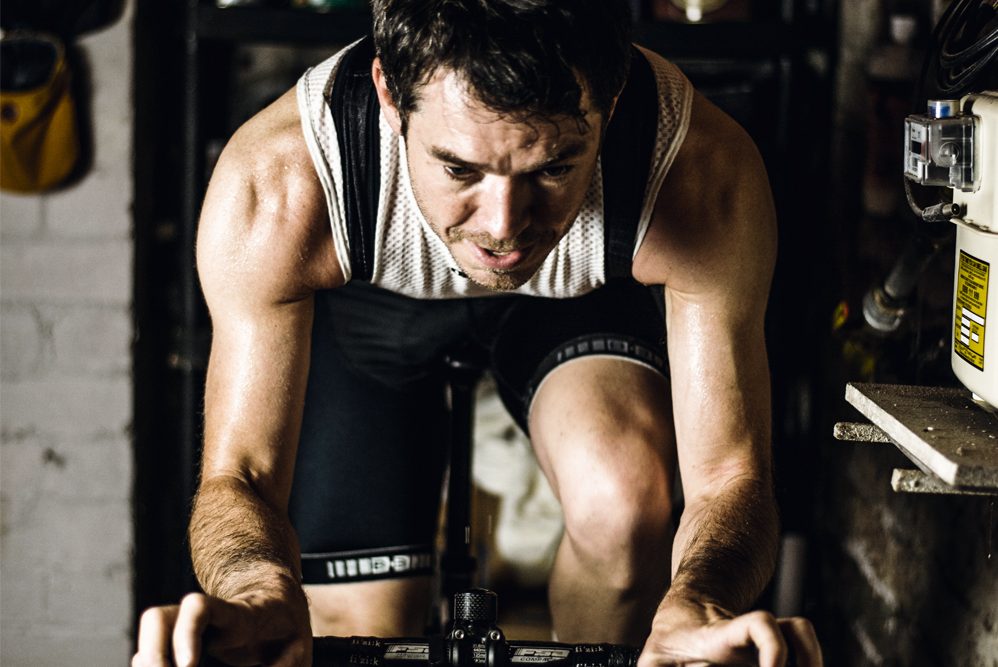
It may not always feel like it, but being out on the road can actually be a relatively comfortable experience.
Shifting your weight, changing position on the bars and getting out of the saddle all give you a momentary sweet release from the pressure on your rear.
But often in Zwift racing, you neglect these minor movements to consistently keep up the power, something you won’t notice until its too late.
The lack of movement in the saddle and the unchanging conditions when training indoors can leave you pretty sore.
9. Dreading Wi-fi dropout
If you’ve ever had to deal with a buffering film stream or lost internet connection during an important Zoom call, you will know how frustrating it is.
That experience is multiplied by 10 when Zwift racing.
There can be no worse feeling than losing connectivity at 180bpm and dropping out of the race in spectacular fashion.
Luckily I haven’t had this problem but the fear of dropping out, especially in a house of seven millennials all connected on about 12 different devices each, is very real.
10. Don’t. Drop. Anything.
This is possibly the most important advice I can give anyone on a Zwift race – don’t drop anything.
Whether it’s your towel, your bidon, or your phone, make sure you keep things well within reach because if you drop them there will be no opportunities to hop off the bike and pick them up while staying with your group.
The pace never lets up enough to rest for more than a fraction of a second.
>>> Zwift: Everything you need to know
It’s also worth remembering to check you have everything you need before racing starts, because there is no worse feeling than realising five minutes into a race that you forgot a drink, your fan isn’t turned on, or you left the oven on.
11. It’s some of the best training you can do
All that being said, Zwift racing is possibly some of the most constructive training I’ve ever done.
It’s brutal, relentless, knackering, and all the other adjectives cyclists love so much.
It’s also very, very fun.
So if you’re set up on Zwift and have considered dipping your toes into the water of racing, consider this an endorsement.
This article was originally published in March 2020

Thank you for reading 20 articles this month* Join now for unlimited access
Enjoy your first month for just £1 / $1 / €1
*Read 5 free articles per month without a subscription

Join now for unlimited access
Try first month for just £1 / $1 / €1
Alex Ballinger is editor of BikeBiz magazine, the leading publication for the UK cycle industry, and is the former digital news editor for CyclingWeekly.com. After gaining experience in local newsrooms, national newspapers and in digital journalism, Alex found his calling in cycling, first as a reporter, then as news editor responsible for Cycling Weekly's online news output, and now as the editor of BikeBiz. Since pro cycling first captured his heart during the 2010 Tour de France (specifically the Contador-Schleck battle) Alex covered three Tours de France, multiple editions of the Tour of Britain, and the World Championships, while both writing and video presenting for Cycling Weekly. He also specialises in fitness writing, often throwing himself into the deep end to help readers improve their own power numbers. Away from the desk, Alex can be found racing time trials, riding BMX and mountain bikes, or exploring off-road on his gravel bike. He’s also an avid gamer, and can usually be found buried in an eclectic selection of books.
-
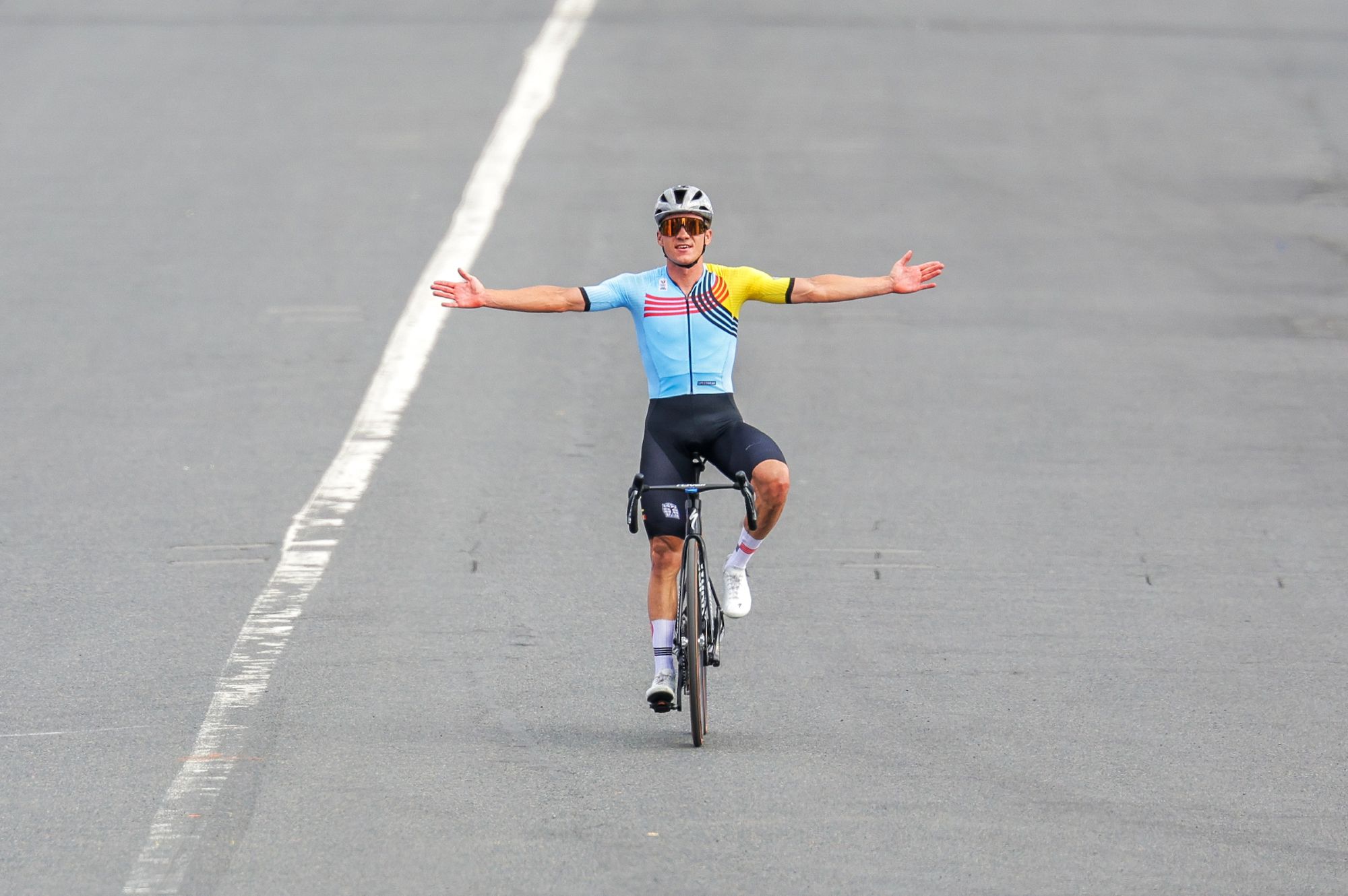 'If I were a tennis player then my career would be over': Remco Evenepoel contemplated early retirement after serious training accident
'If I were a tennis player then my career would be over': Remco Evenepoel contemplated early retirement after serious training accidentDouble Olympic champion was left with nerve damage and says his shoulder is not yet fully healed ahead of his return to racing at Brabantse Pijl
By Tom Thewlis
-
 MAAP Aeon Jersey Review: as classy as ever, and built to go the distance
MAAP Aeon Jersey Review: as classy as ever, and built to go the distanceThe MAAP Aeon collection is hardly a value option, but it does provide impressive quality, and a great fit
By Joe Baker
-
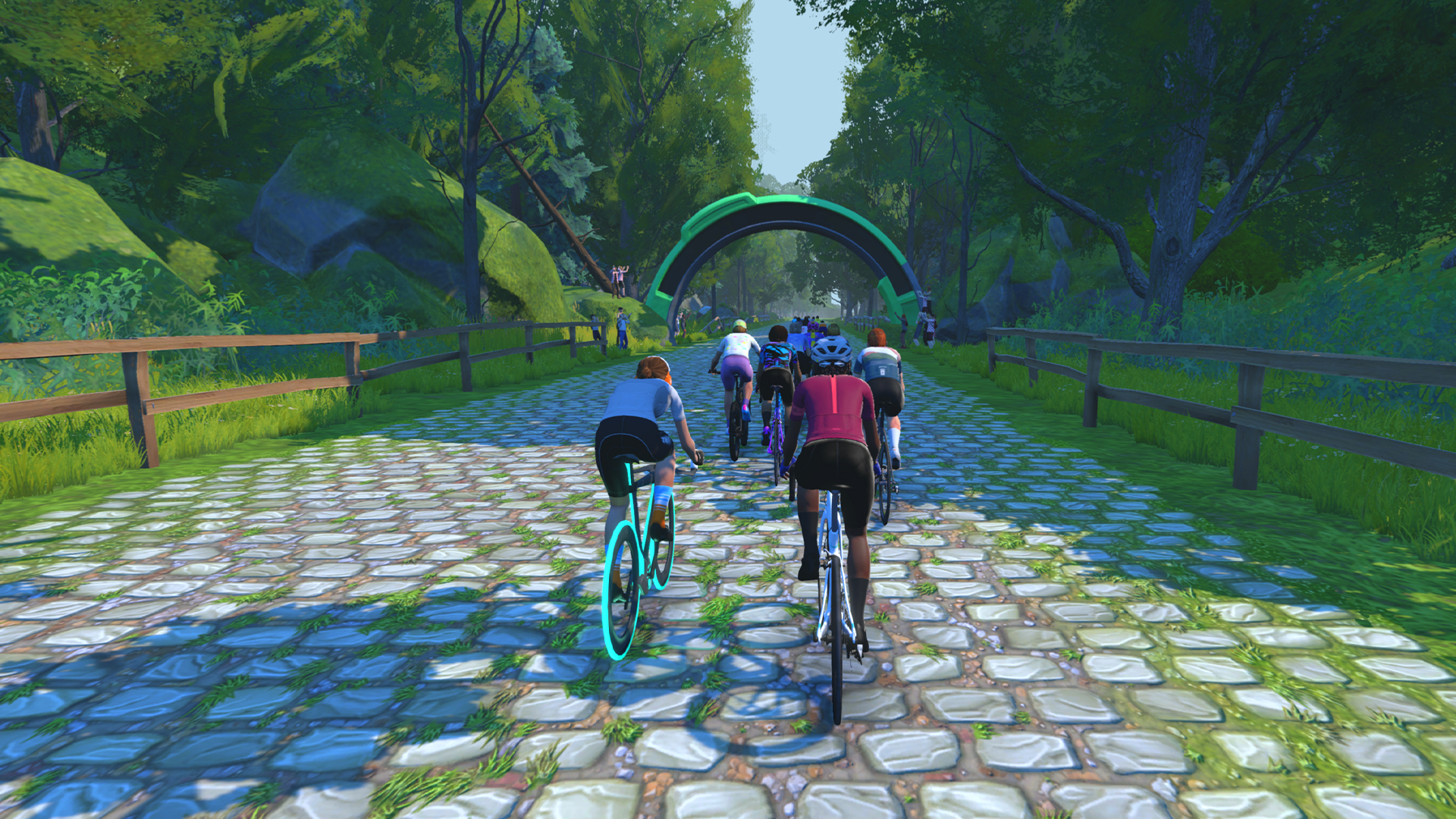 I rode Zwift’s new Paris-Roubaix route - how hellish was it?
I rode Zwift’s new Paris-Roubaix route - how hellish was it?The Hell of the North route has added virtual cobbles to the virtual training and racing platform
By Stephen Shrubsall
-
 Zwift Academy winner says winning Alpecin-Deceuninck contract is a 'massive weight' off his shoulders
Zwift Academy winner says winning Alpecin-Deceuninck contract is a 'massive weight' off his shoulders21-year-old Canadian Noah Ramsay will ride for the Belgian team’s development squad this year after spending formative years in mountain biking
By Tom Thewlis
-
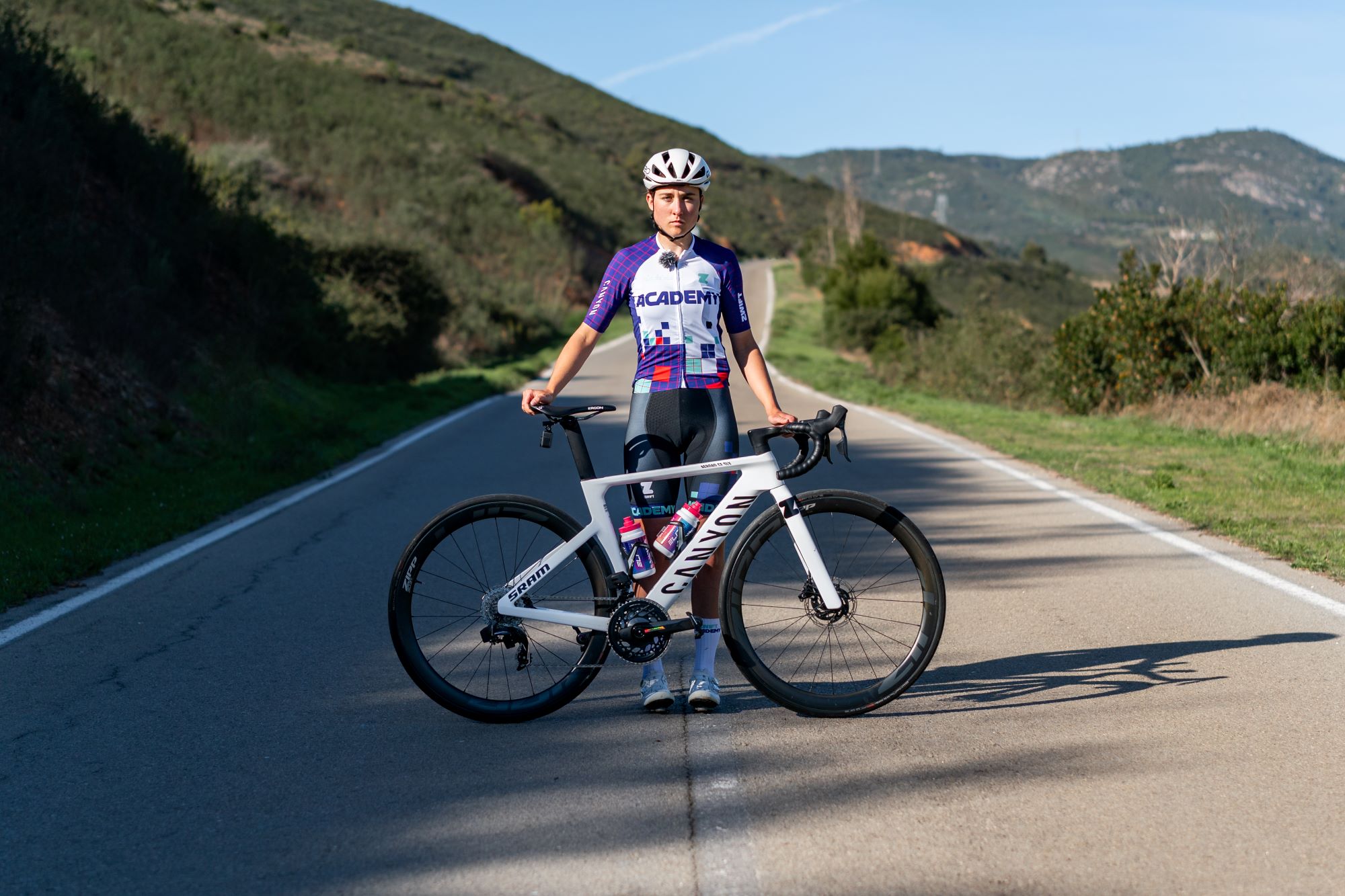 'The opportunities for riders outside of Europe are very slim' - 18-year-old Australian says winning the Zwift Academy will be 'life changing'
'The opportunities for riders outside of Europe are very slim' - 18-year-old Australian says winning the Zwift Academy will be 'life changing'Melbourne native Emily Dixon won the competition to earn a place on the Canyon–SRAM zondacrypto development team
By Tom Thewlis
-
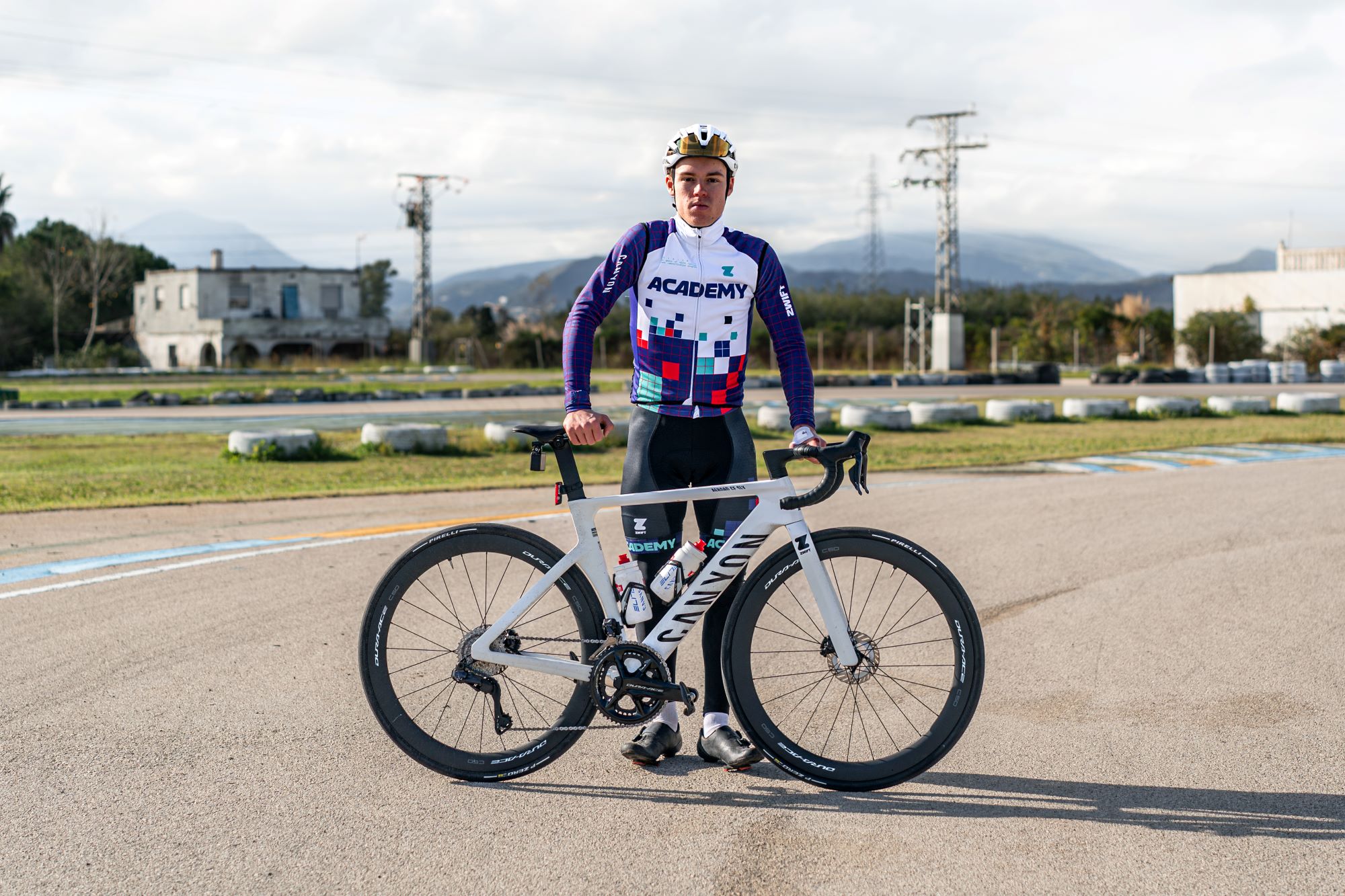 From football to the Zwift Academy: meet the Scottish rider determined to turn pro alongside Mathieu van der Poel
From football to the Zwift Academy: meet the Scottish rider determined to turn pro alongside Mathieu van der Poel21-year-old Elliot Bain from Glasgow on starting out in cycling, riding the Lancaster GP and rubbing shoulders with the former road World Champion
By Tom Thewlis
-
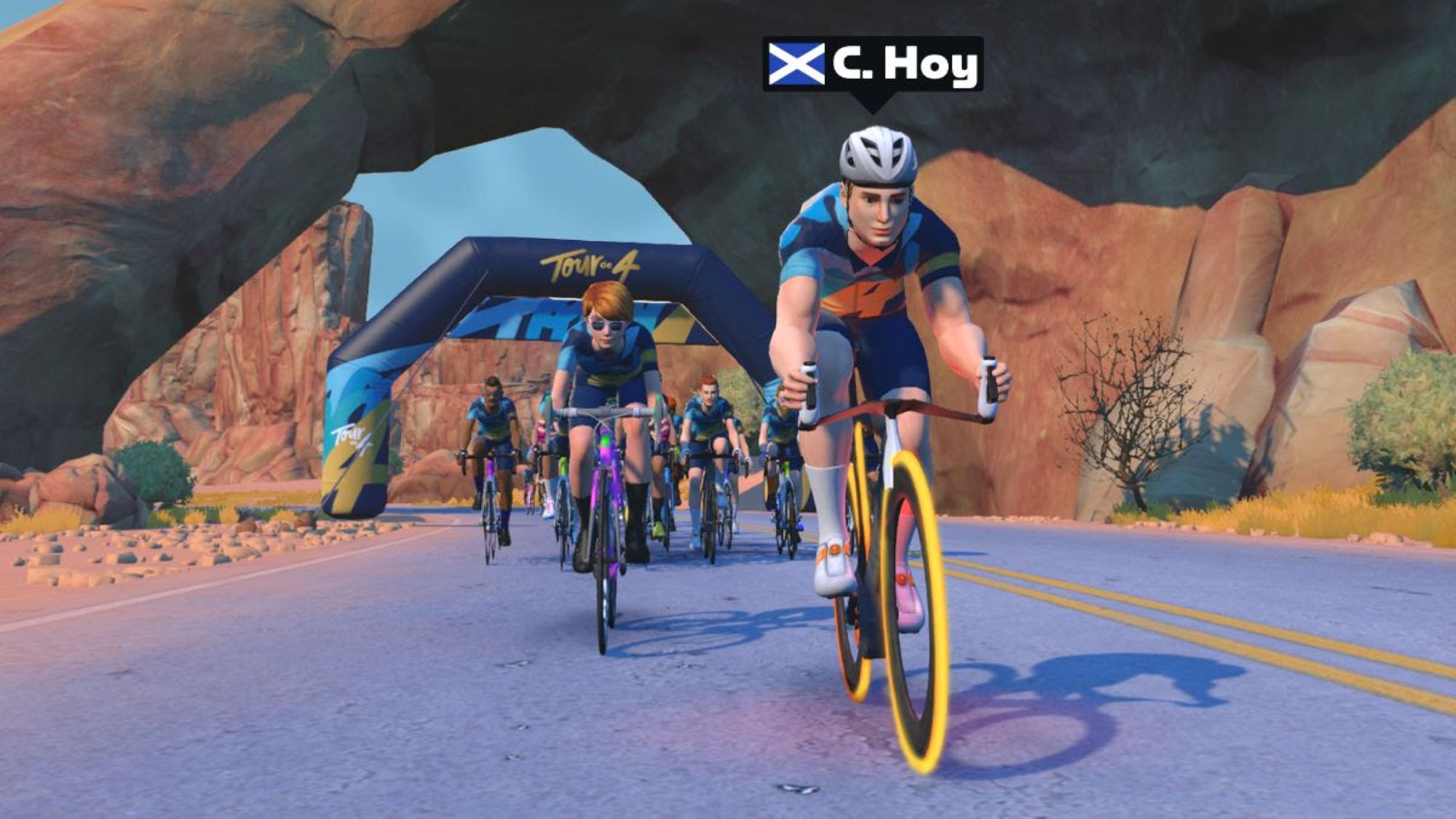 Zwift partners with Sir Chris Hoy's Tour de 4 initiative to raise money for cancer charities
Zwift partners with Sir Chris Hoy's Tour de 4 initiative to raise money for cancer charitiesOnline training platform commits to matching all charitable donations made by community up to £50,000
By Tom Thewlis
-
 'I haven’t been able to ride my bike and it’s still not safe to ride outside. There is a lot of gunfire near my house' - one cyclist's quest to continue training amid conflict in the DRC
'I haven’t been able to ride my bike and it’s still not safe to ride outside. There is a lot of gunfire near my house' - one cyclist's quest to continue training amid conflict in the DRCTeam Africa Rising recently supplied a local club with Zwift and Wahoo indoor training equipment
By Tom Thewlis
-
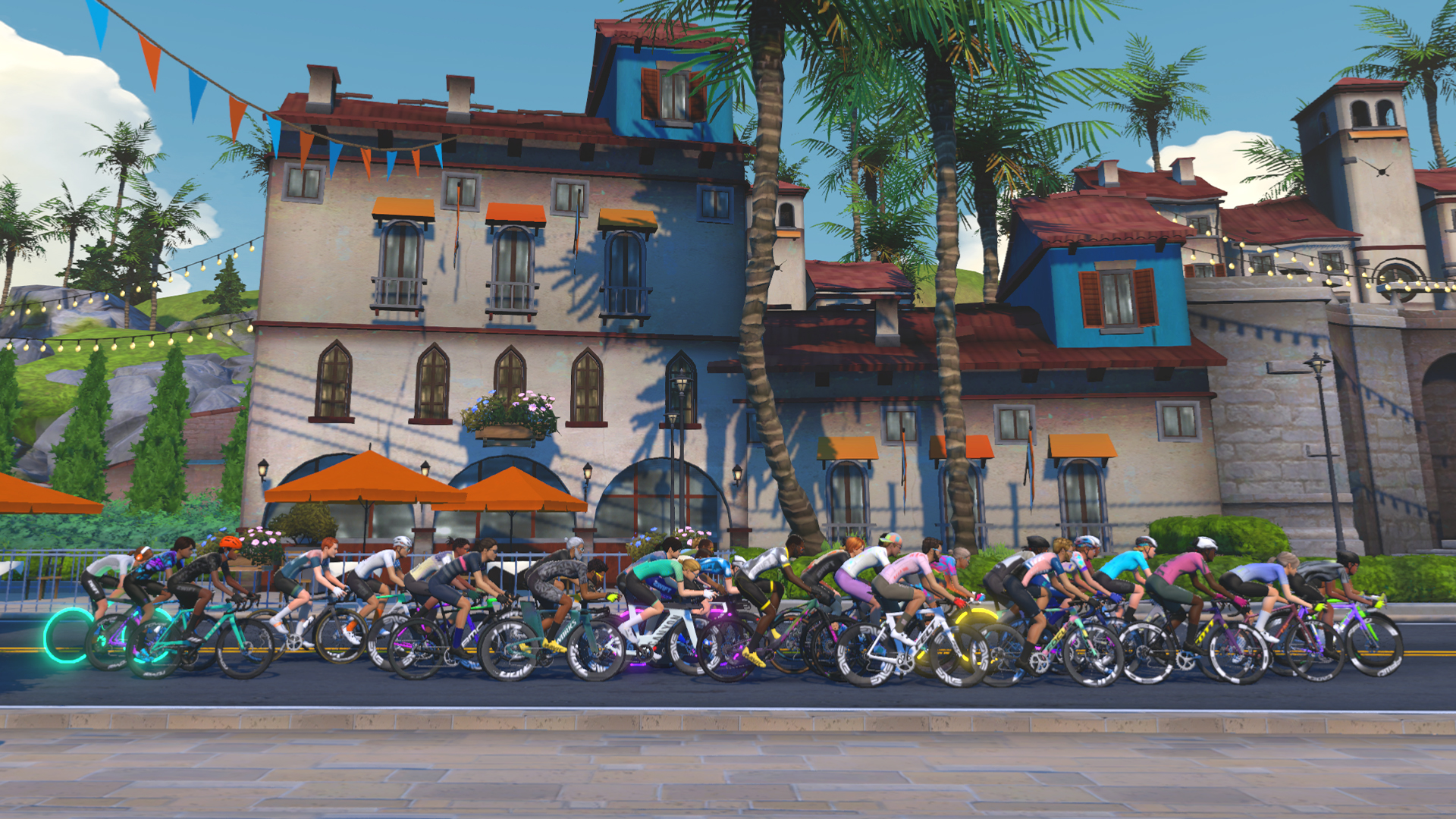 Win exclusive unlocks by completing the Tour de Zwift
Win exclusive unlocks by completing the Tour de ZwiftZwift socks, a beanie and kit on offer to those that complete the challenge
By Tom Thewlis
-
 'It's not a deal-breaker if you can't hit super-high power': 6 tips from an indoor racing expert
'It's not a deal-breaker if you can't hit super-high power': 6 tips from an indoor racing expertHere's what makes Lou Bates one of Great Britain's indoor cycling stars
By Tom Davidson